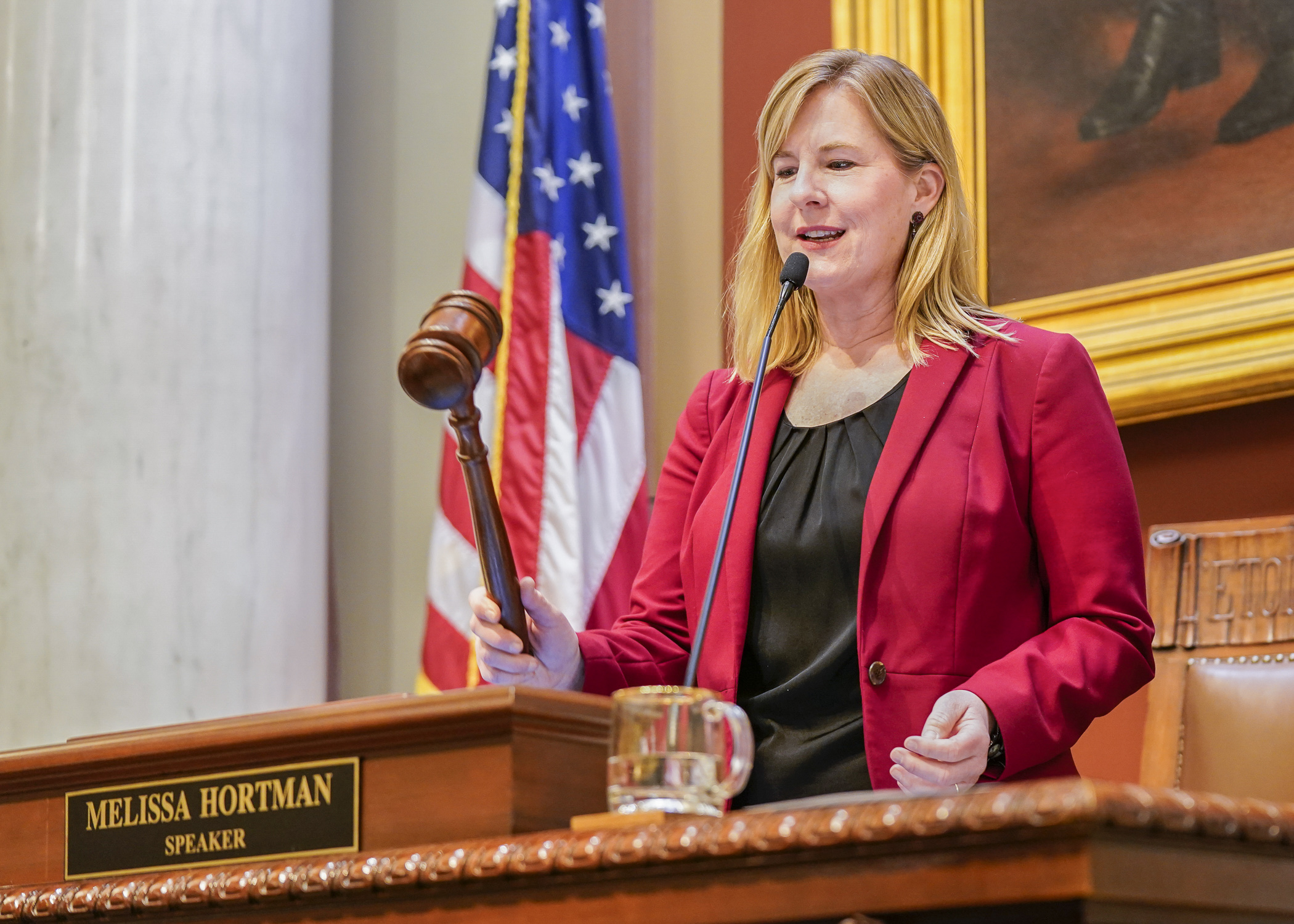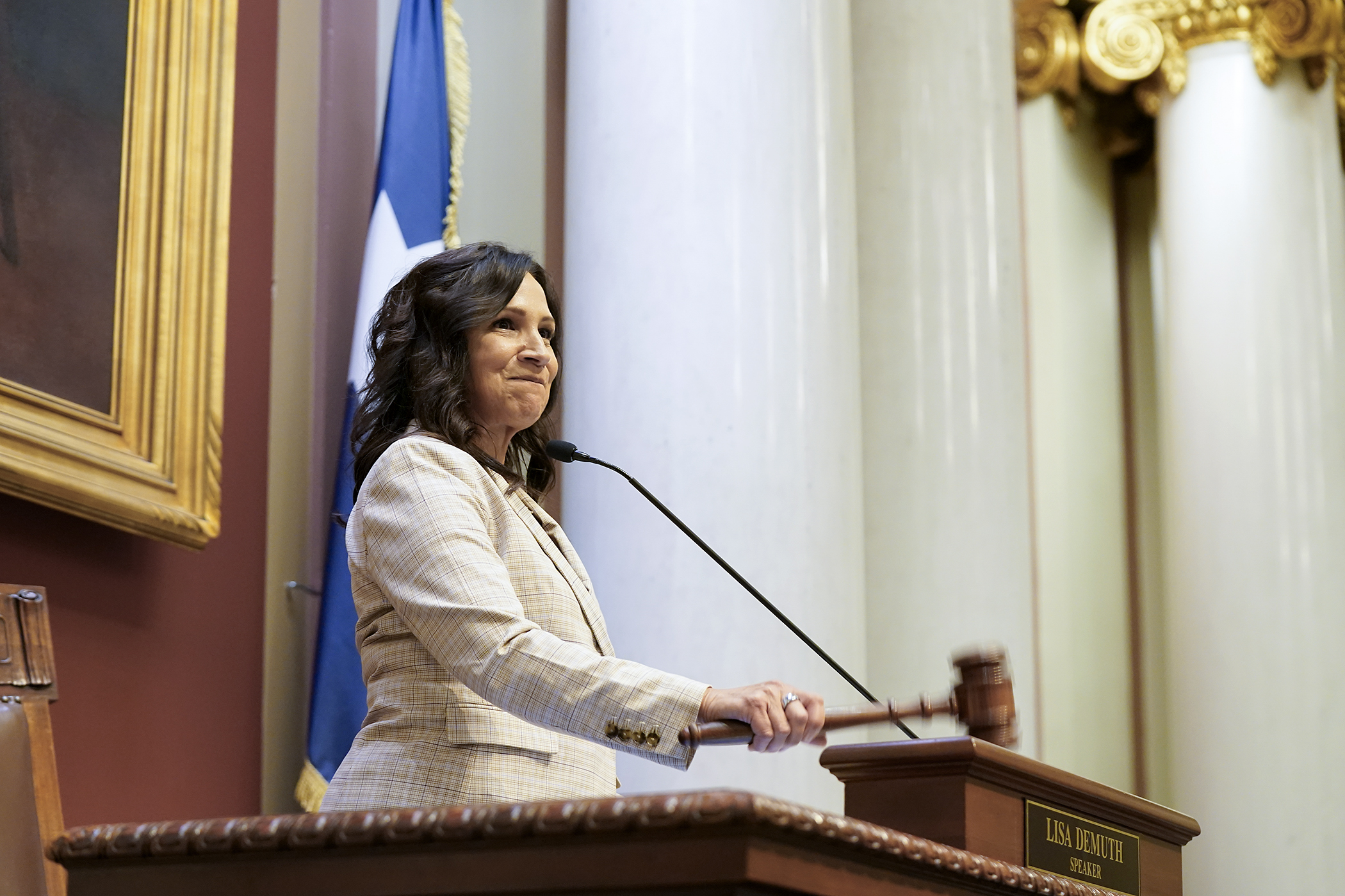Spread of state’s coronavirus relief funds deemed a success
Against all odds, it worked.
That’s what representatives from cities and counties said of the state’s distribution of federal coronavirus relief fund money to local governments. A fast-paced, five-month process got federal money to programs for residents, small businesses and nonprofits in need, with 99.6% of the money successfully meted out between June and December.
That’s what the House Property and Local Tax Division learned at its first meeting of the session Wednesday. County commissioners and spokespeople for the Association of Minnesota Counties and the League of Minnesota Cities were effusive in their gratitude to the Legislature for developing a system of divvying up $841.5 million earmarked for local governments.
While testifiers said there was some anxiety about a paucity of federal guidance as to requirements for the money’s use, they spoke of how it impacted the lives of their residents.
“We had 9,550 grants that came to $467 million sent out to businesses and nonprofits,” said Matt Hilgart, government relations manager for the Association of Minnesota Counties. “Food and housing insecurity was a huge issue and continues to be. All of our commissioners across the state were talking about it.”
So meal programs were developed and implemented around the state, as were mortgage and rental relief programs and assistance to schools.
The money came from the federal government as part of the coronavirus relief package signed into law last March. The state’s share was $2.19 billion, and 45% of that was earmarked for local units of government. But only two local governments would receive direct allocations: Hennepin and Ramsey counties, which met the federal act’s threshold of a county population over 500,000. Hennepin County received $220.9 million, while Ramsey County was allocated $96 million.
It was up to the state to decide how to distribute the rest. Signed into law June 23 was a formula by which the state would distribute the remaining $841.5 million. Each county received the equivalent of $121.28 per resident; each city (population over 5,000) got $75.34 per resident. The total was $25 per capita for towns with populations under 5,000.
Cities had to spend their funds by Nov. 15, counties by Dec. 1. Unexpended funds had to be returned to the state by Dec. 10, but only 0.2% of the funds went unspent.
As of Jan. 7, the largest expenditures for cities and counties have been payroll for public health and safety employees (a statewide total of $311.1 million) and small-business assistance ($181.9 million).
Rep. Paul Marquart (DFL-Dilworth) was among those who helped craft the formula, and he spoke glowingly of the city and county governments that made it work.
“They were left to their own devices without much guidance, but they had such creativity,” he said. “They know their communities and wanted to help them, and they did that in a more efficient way than the state could have probably done.”
Related Articles
Search Session Daily
Advanced Search OptionsPriority Dailies
Speaker Emerita Melissa Hortman, husband killed in attack
By HPIS Staff House Speaker Emerita Melissa Hortman (DFL-Brooklyn Park) and her husband, Mark, were fatally shot in their home early Saturday morning.
Gov. Tim Walz announced the news dur...
House Speaker Emerita Melissa Hortman (DFL-Brooklyn Park) and her husband, Mark, were fatally shot in their home early Saturday morning.
Gov. Tim Walz announced the news dur...
Lawmakers deliver budget bills to governor's desk in one-day special session
By Mike Cook About that talk of needing all 21 hours left in a legislative day to complete a special session?
House members were more than up to the challenge Monday. Beginning at 10 a.m...
About that talk of needing all 21 hours left in a legislative day to complete a special session?
House members were more than up to the challenge Monday. Beginning at 10 a.m...